Detectors of smells of the People Sniffer family (USA)
One of the most common and reliable "means" of detecting a disguised enemy or hidden objects are service dogs. Having an excellent sense of smell, trained animals can find certain objects without seeing or hearing them. The dogs were loyal companions of soldiers during many conflicts, but shortly before the outbreak of the Vietnam War some new developments of special equipment appeared that allowed at least partially replacing service animals. Solving similar problems, promising devices were much less demanding of conditions of detention and easier to operate compared to dogs.
By the mid-sixties of the last century, odorology (the science of smells) - first of all, forensic - achieved some success. In the framework of numerous studies, some data were obtained that could already be used in practice. In particular, it was found that the human body can emit about hundreds of different odors. From one third to one half of them, a person “gives out” simultaneously and constantly. Such features of the organism could be used for various purposes. T.N. smell detectors could be used in various fields, including the army.
In connection with the entry of the United States into the war in Vietnam, the idea of military use of odor detectors was developed. The company General Electric, among others engaged in research in the field of applied chemistry and electrical engineering, presented the original draft of an odor detector, intended for use in the army to detect enemy fighters. Soon the army became interested in an unusual proposal, which resulted in an order to complete the development of a new device with the subsequent delivery of a certain amount of equipment for military trials.
By the end of 1966, the contracting company completed the design of the new technology and released a number of detectors of the first model, which received the working designation XM-2. Also, these devices had the alternative name E63 Man-pack Personnel Detector - “Portable manpower detector, model E63”. In addition, odor detectors have received the unofficial nickname of People Snffer (“Sniffing on People”), which fully reflects their essence. The first version of the device was made in a relatively compact form factor knapsack and was proposed for carrying by the operator.
All the main components of the XM-2 product were placed in a rectangular case with rounded corners. On one of the walls of the case there were fasteners for belts with which the device could be carried on the back, like a satchel. For greater convenience, a special form frame was also attached to this wall, which distributed the load across the back of the operator. On the upper surface of the case there was a connector for connecting the indicating device and the instrument control knob, on the right below (relative to the operator) a fitting for the air intake tube.
A corrugated tube of relatively large diameter, inside which several tubes of smaller cross section passed, was attached to the side connector of the case. To collect the atmospheric air with traces of "sniffing out" the enemy, a special intake device was placed at the second end of the tube. It had a small rectangular case, on the front wall of which there were two cylindrical units with small suction tubes. In the stowed position, the tubes were closed with caps. Means were attached to the intake device for attachment to the standard arms a fighter who was supposed to facilitate the work of the operator.
The XM-2 has a removable back cover. On its inner surface were attachments for batteries. In plastic holders, 20 batteries of the appropriate type could be placed: four vertical rows of five each. The equipment was connected to the main equipment with a protected cable.
Inside the case fit all the necessary equipment. It is noteworthy that in the protected casing all the components were able to be placed, leaving rather large voids. However, the layout used was maintained until the stage of military trials. Perhaps in the future, the architecture of the device could be changed. At the top of the hull was a detector directly responsible for tracking certain chemicals in the air. The bottom was given to a set of electronics and some other devices.
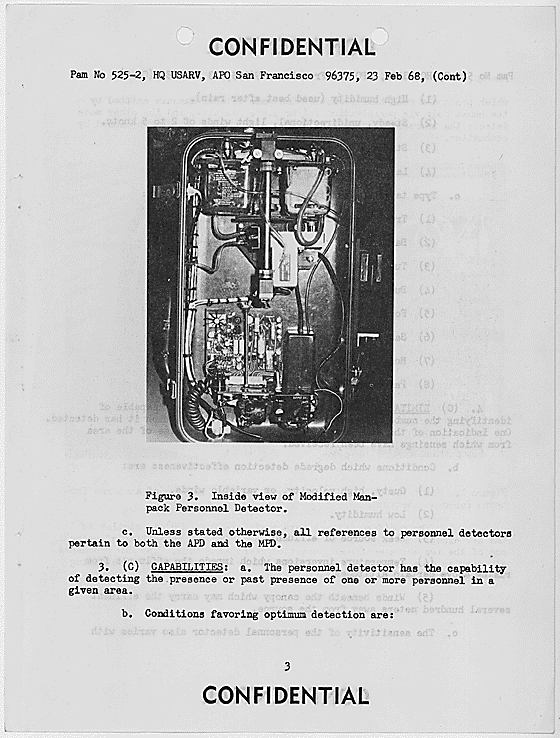
A page from the XM-2 product documentation. Photos of Warisboring.com
The principle of operation of the detector used in the "Sniffing out of people" was quite simple. The human body almost all the time in certain amounts of sweat, in the composition of which there are ammonia and hydrochloric acid. Reacting with each other, these substances form ammonium chloride. The latter can get into the air in appreciable quantities, which gives certain possibilities in the matter of detecting people with the help of appropriate detectors. The hot and humid climate of Vietnam and its jungle contributed to increased perspiration and, as a result, helped the work of the detectors.
During the operation of the XM-2 detector, atmospheric air was supplied to a chamber filled with a sorbent substance. With the passage of air, the sorbent had to absorb ammonium chloride from it, which led to a change in its electrical resistance. The automatics of the detector with a certain periodicity conducted a test of the resistance of the sorbent and, when a change in this parameter was detected, gave a signal. A simple but curious mechanism was used for periodic measurement of resistance: a separate electric motor rotated a disk with a conductor. When the conductor interacts with the contact of the sorbent chamber, a current is applied.
A wired speaker was used to signal the operator as part of the XM-2. The latter was placed in a small case with a mount for installation on a standard army helmet. Wire using the appropriate connector connected to the main equipment. When changing the resistance of the sorbent, the automation warned the operator with a sound signal.
Leaving the “hunt” for the enemy, the operator of the odor detector had to install batteries, place a new batch of sorbent in the appropriate chamber, close the lid and put the device on the back. The intake was mounted on the barrel of the M-16 rifle, and the speaker was placed on the helmet. During operation, the operator had to direct the intake device in the direction of the possible location of the target. At the same time, the automation itself took atmospheric air and checked it for the presence of chemicals indicating the presence of the enemy.
At the start of 1967, General Electric released a number of knapsack sniffers. This technique has passed preliminary tests and was sent to the army for testing in real combat conditions. Samples delivered to the army quickly showed their potential in the search for the enemy. With their help, American soldiers could promptly learn about the presence of the enemy and take the necessary measures. Now it is possible to more effectively counter ambush and search for enemy camps. At the same time, there were some problems, however, in this case the new equipment was of great interest.
The positive feedback received from the results of troop operation led to the appearance of a new improved version of the People Sniffer device. In 1970, the development company introduced an enlarged and modified version of the odor detector. This product has received the designation XM-3. The new device differed from the previous device in other dimensions and increased characteristics. It is noteworthy that the improvement of detection parameters led to an increase in size and weight. Because of this, the operator had to refuse to carry the device.
Externally, the new "Sniffing" was a little different from the previous one. The box case with fastenings for installation on the carrier was again used. On the right, there was a fitting for connecting the intake tube, which, however, was now much longer. All improvements related to the overall architecture of the device, were associated with an increase in its weight. The increase in mass led to the fact that XM-3 could only be used in conjunction with UH-1 helicopters or other similar technology. The detector was mounted on the front wall of the cargo hold, the indicator was output to the cockpit, and the intake was mounted on the front of the chassis ski.
The general principles of operation and equipment of the new detector were borrowed almost unchanged from the first project. At the same time some innovations were used. For example, XM-3 should have used a new sorbent. Unlike the previous one, it allowed to find not only ammonium chloride, but also pure ammonia. Detection of two substances should have significantly increased the detector's efficiency, increasing the probability of detecting an adversary.
Already in 1970, the first helicopters with XM-3 odor detectors joined the battle operation. This technique worked in conjunction with percussion machines. Her task was to detect the camps and the positions of the enemy with the subsequent issuance of target designation. The joint work of reconnaissance helicopters and strike machines made it possible to significantly increase the effectiveness of strikes in the difficult conditions of the jungle. At the same time, even dense foliage could not give the enemy reliable protection against detection and subsequent impact.
The devices of the People Sniffer family have become a good help in the fight against the troops of North Vietnam. Having mastered the new equipment, the American troops received a convenient tool for quick detection of the enemy, and the presence of two models of detectors gave advantages to both infantry and aviation. However, the XM-2 and XM-3 products were limited to only a few small batches. Mass serial production did not start; there were no large deliveries to the troops. As a result, the use of such equipment was very limited. One of the main reasons for this was the high cost of the proposed "sniffers", problems that reduce their real effectiveness, as well as the relative simplicity of countering such a technique.
Even during the military tests of the XM-2 / E63 detector, it was found that it is not without flaws. Thus, high sensitivity led to a large number of false positives. For example, a gust of wind in the back to the operator of the complex could bring ammonium chloride molecules to the intake, followed by a signal that a target was detected. It was not excluded that the device triggered due to animals, abandoned positions or enemy camps, etc. In practice, it turned out that the detected substances may appear in the air not only because of the presence of enemy soldiers. The device, by definition, could not determine the origin of the molecules found, because of which the warning signal often sounded even in the absence of the enemy.
An additional problem was not the most successful design of the speaker, notifying the operator about the detection of the target. It was placed on the helmet, which required a sufficiently large volume. In some circumstances, the squeak of the detector could unmask the operator.
Operation of the XM-3 helicopter systems quickly yielded the expected results, but soon the enemy learned how to deal with the new threat. Vietnamese fighters quickly noticed that before striking a well-camouflaged camp, which is difficult or impossible to detect by known means, a helicopter with some kind of ski equipment appeared. Soon, such reconnaissance helicopters became a priority target: they should have been shot down before finding the camp and the appearance of attack helicopters. American pilots had to take certain measures. First, disguise was used. The vehicles were equipped with dummies of weapons that prevented their correct identification.
Over time, the Vietnamese were able to learn the principles of the operation of enemy technology, which allowed them to find new ways to counter. The toilet, which is the main source of ammonia fumes, should have been arranged at a safe distance from the camp. In addition, false targets were used in the form of tanks with feces or rotten vegetation. Ammonia secreted by such objects reliably masked insignificant evaporations from the camp. Such false targets could also be used in the organization of ambushes for helicopters with XM-3 and strike vehicles. After the spread of new methods of camouflaging camps, ambushes and positions, the effectiveness of “sniffing people” has plummeted.
Prior to the early seventies, inclusive, General Electric produced a relatively small amount of hardware types XM-2 and XM-3. All of these odor detectors were sent to the troops, where they were used with a certain intensity. According to various sources, the remaining instruments were used until the very end of the hostilities, but the number of active products was constantly decreasing due to resource development, breakdowns, and combat losses. The replenishment of the “park” of such equipment was absent due to the unwillingness of the military to adopt it and order mass production.
As far as is known, after the withdrawal of American troops from Vietnam, the exploitation of products of the People Sniffer family was discontinued. In the conditions of a real war, such equipment showed its positive features, at the same time demonstrating serious flaws. While the enemy did not know about the presence of detectors, their effectiveness was acceptable. Upon learning of new devices, the enemy could use simple countermeasures. As a consequence, the further mass operation of the odor detectors of existing models did not make sense.
After the Vietnam War ended, the United States Army lost interest in People Sniffer equipment. At the same time, new advances and recent developments in the field of odorology have allowed the development of odor detectors to continue. On the basis of new ideas and solutions, promising instruments were created for detecting various objects. Such a technique was able to interest various power structures, but their purely military use is still very limited. Moreover, to this day odor detectors have not been able to replace the traditional "means" of detection - service dogs.
On the materials of the sites:
https://forgottenweapons.com/
https://warisboring.com/
http://ar15.com/
http://m.blog.naver.com/
http://strangernn.livejournal.com/
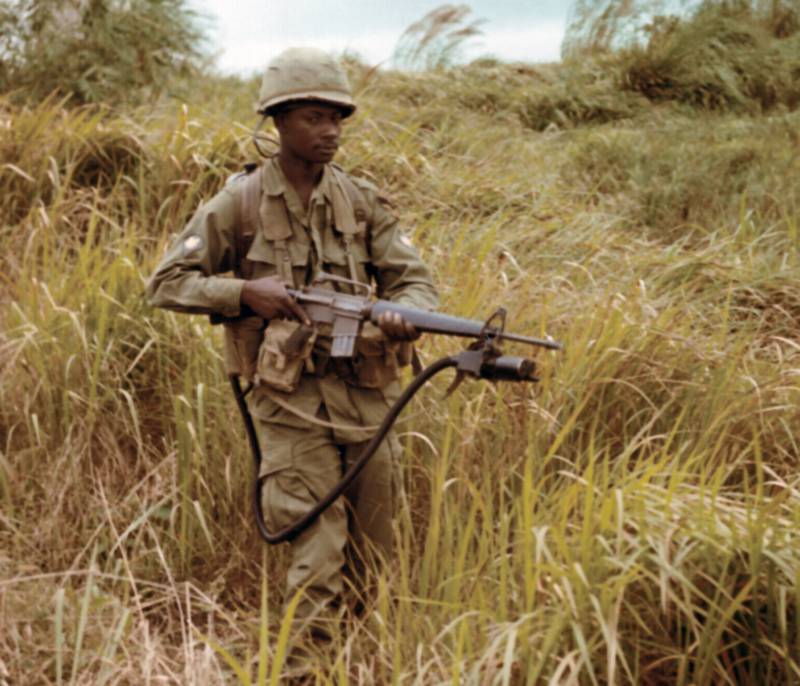
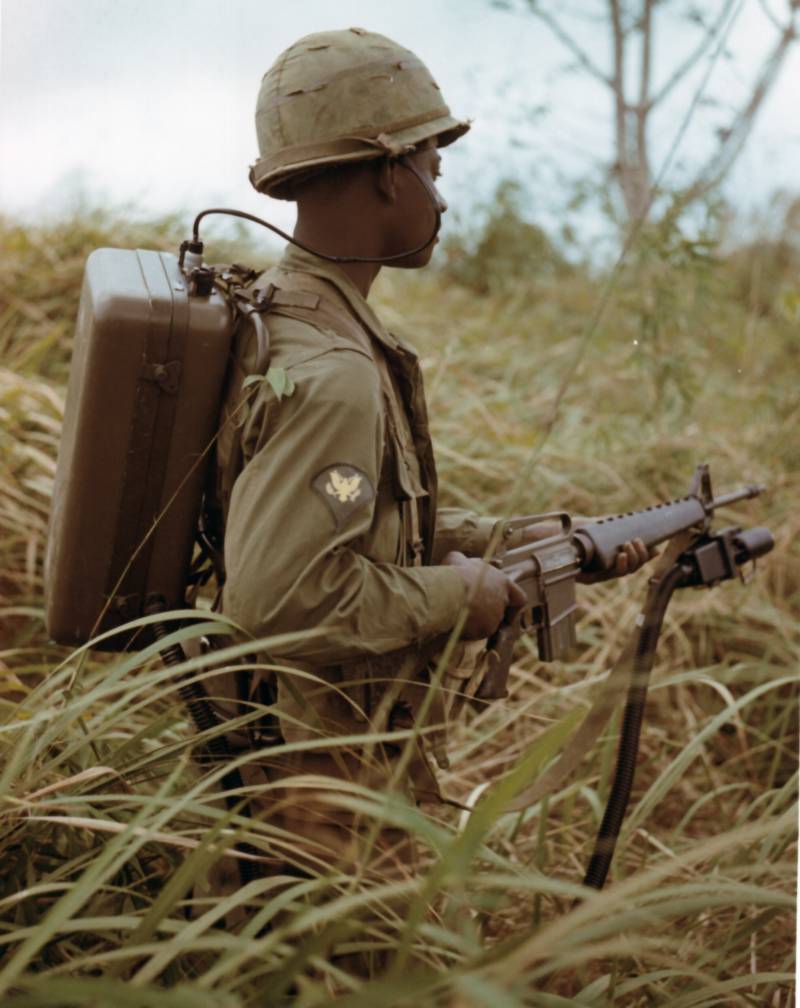
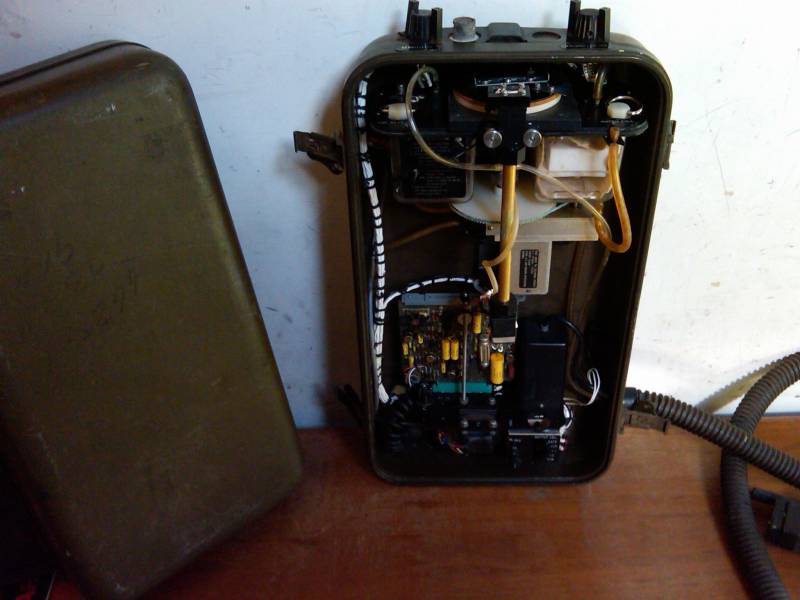
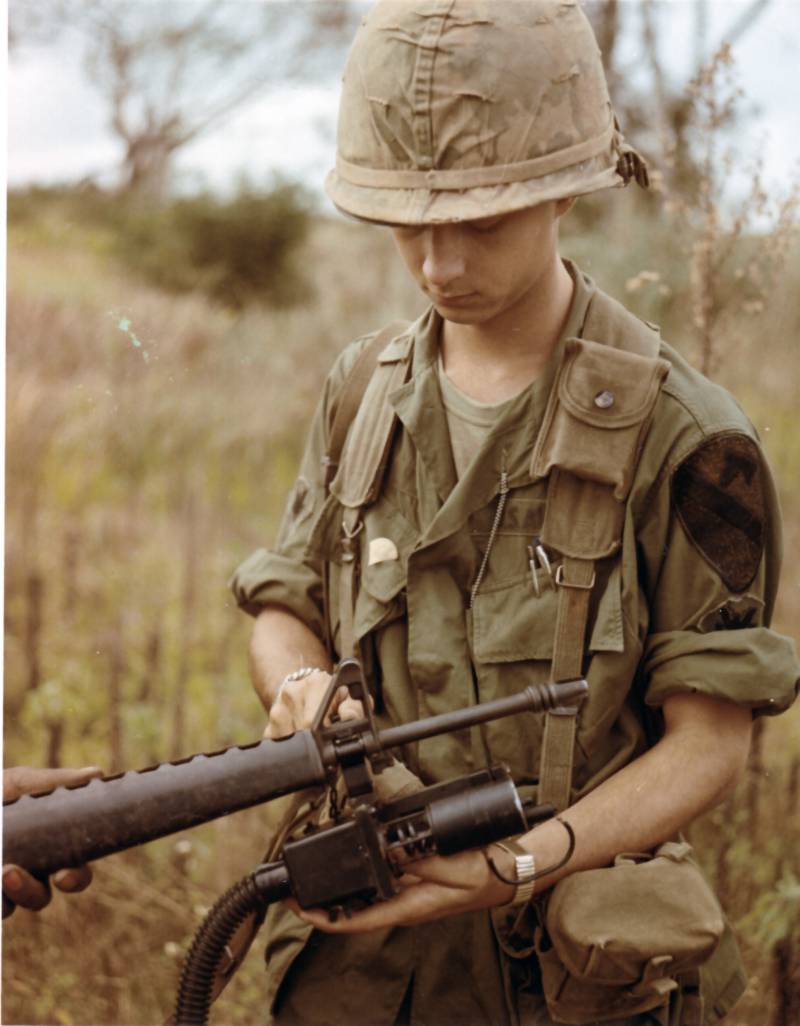
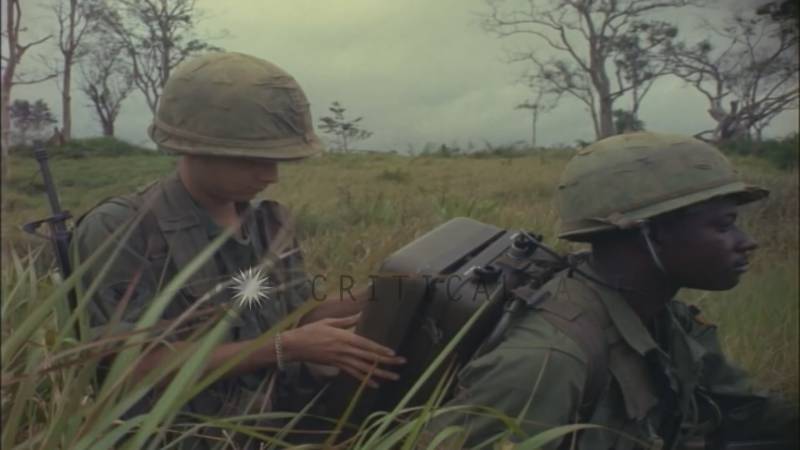
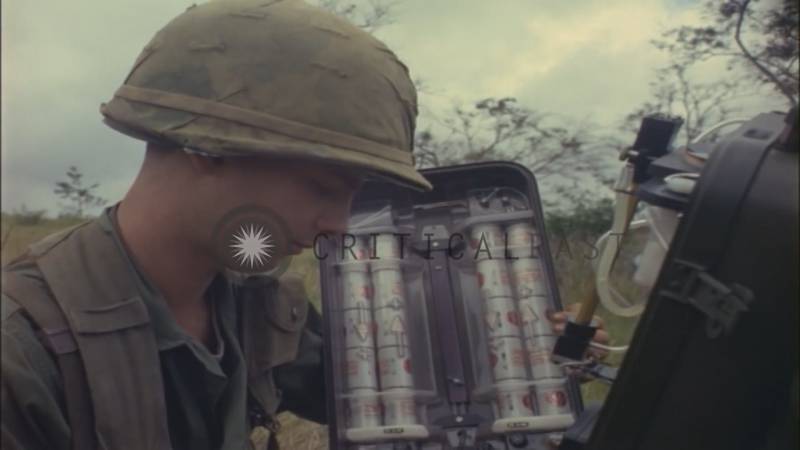
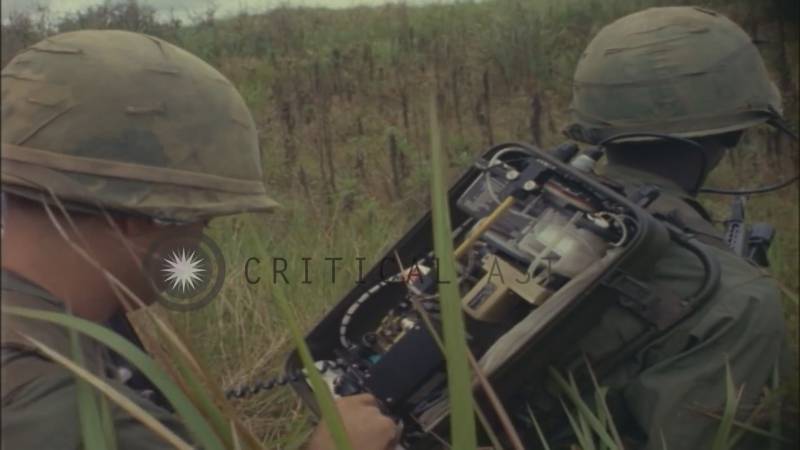
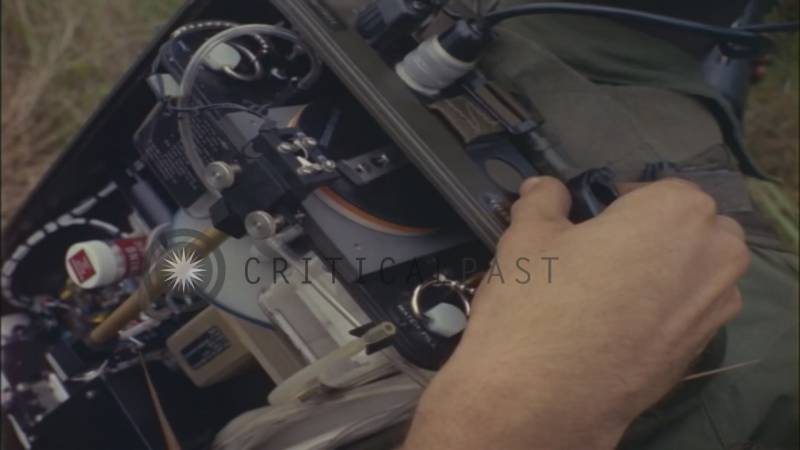
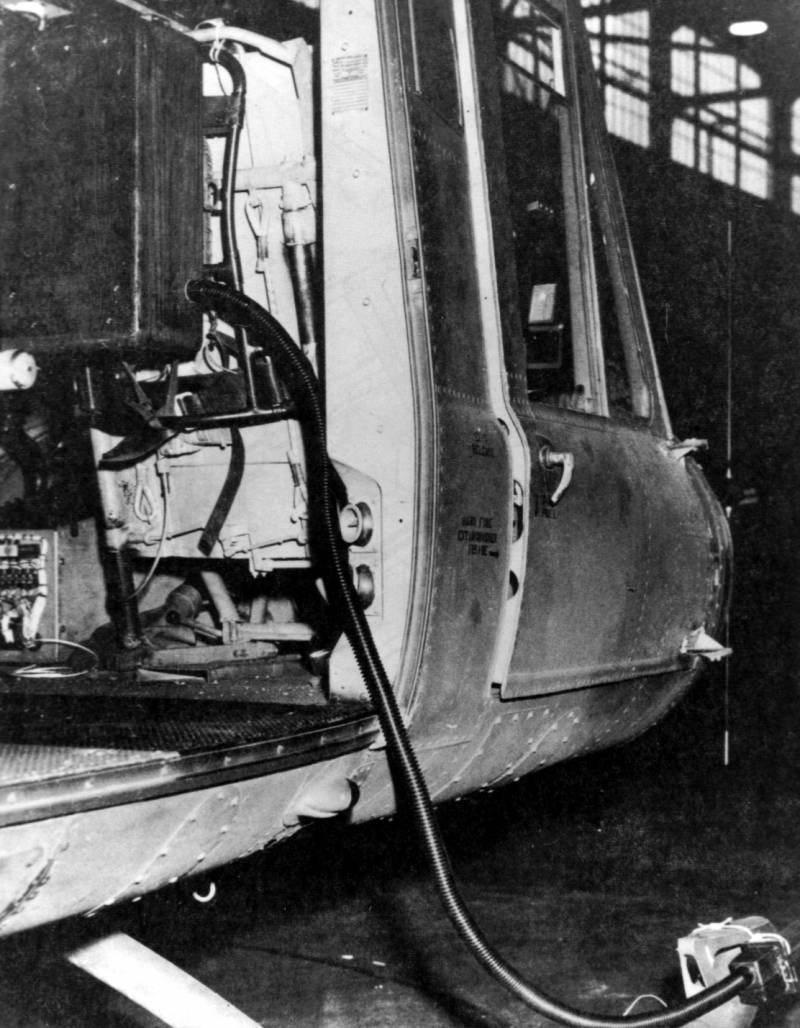
Information